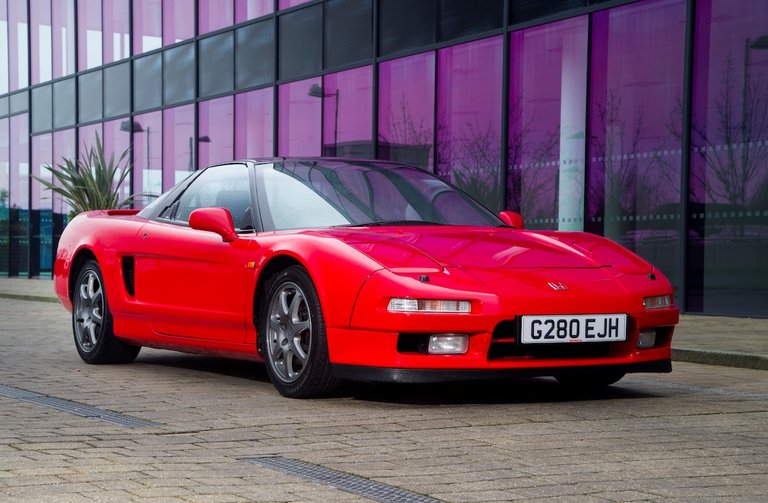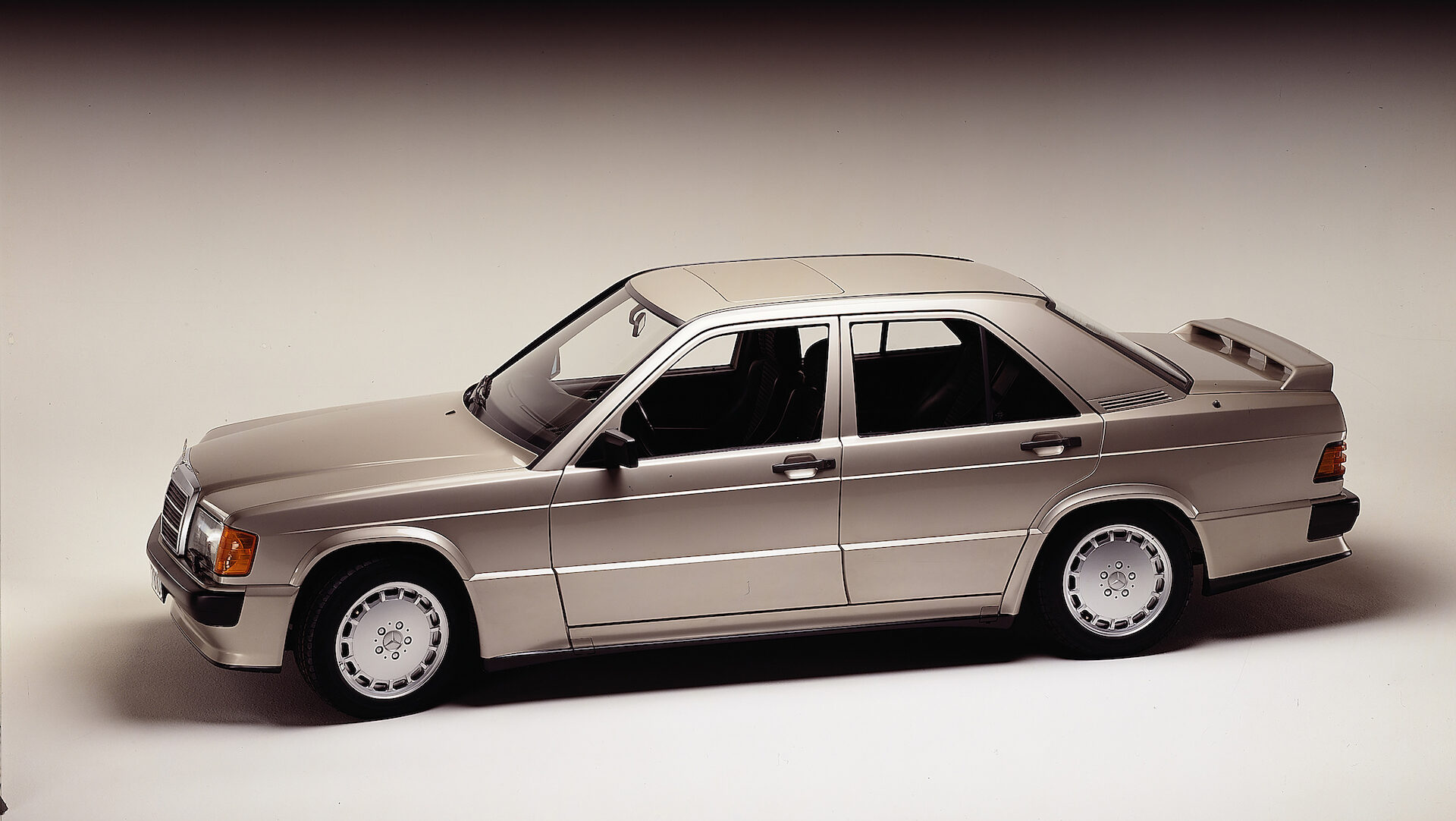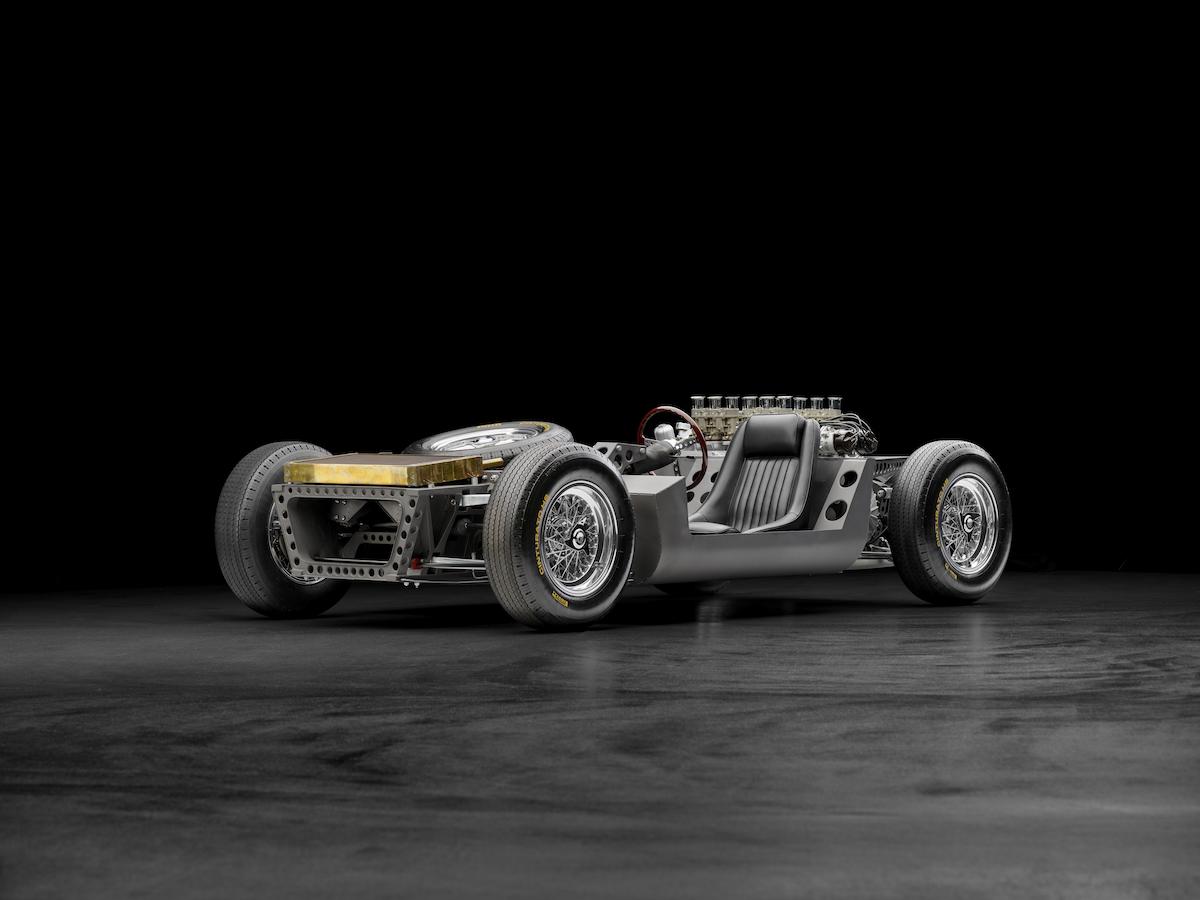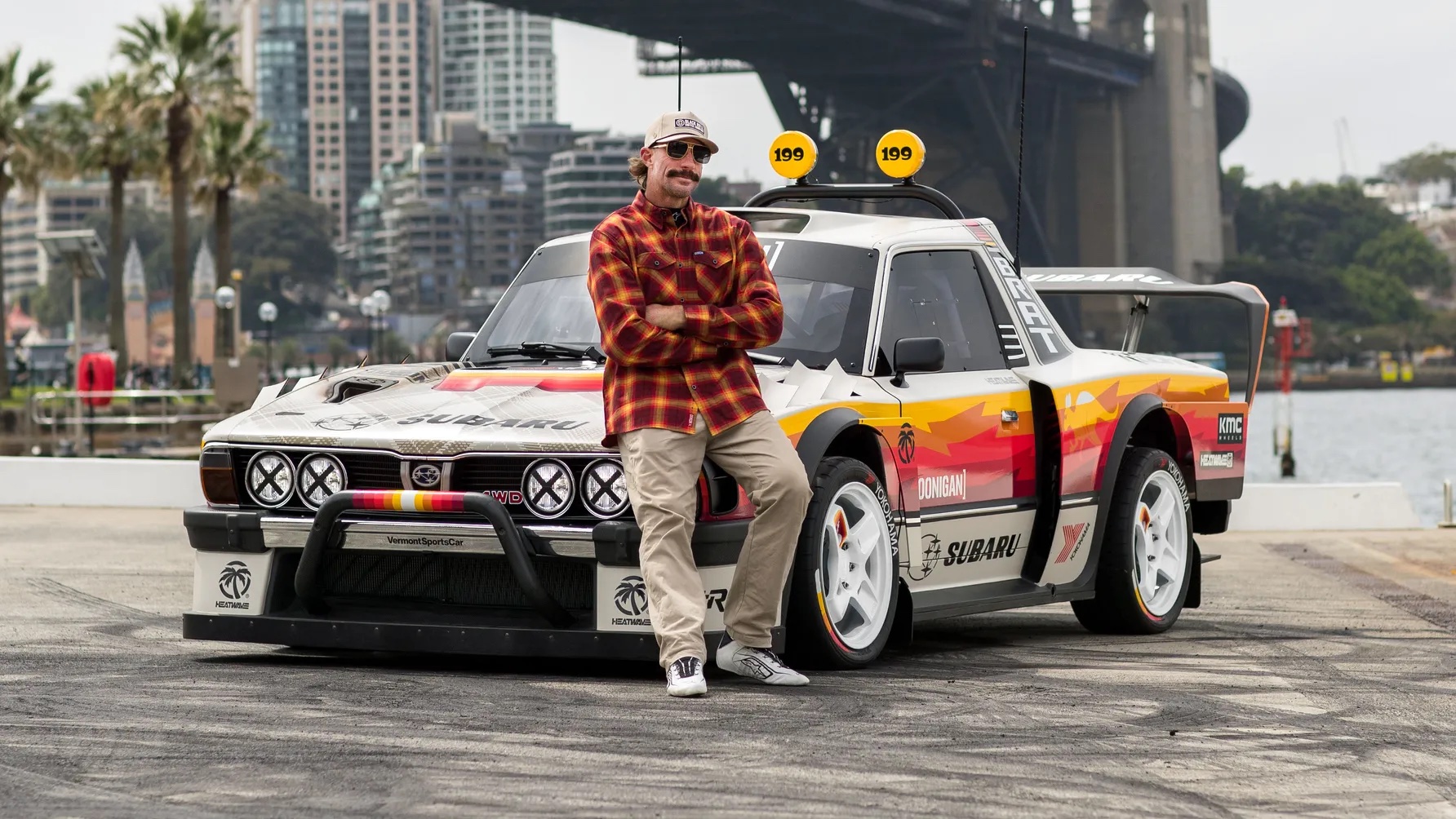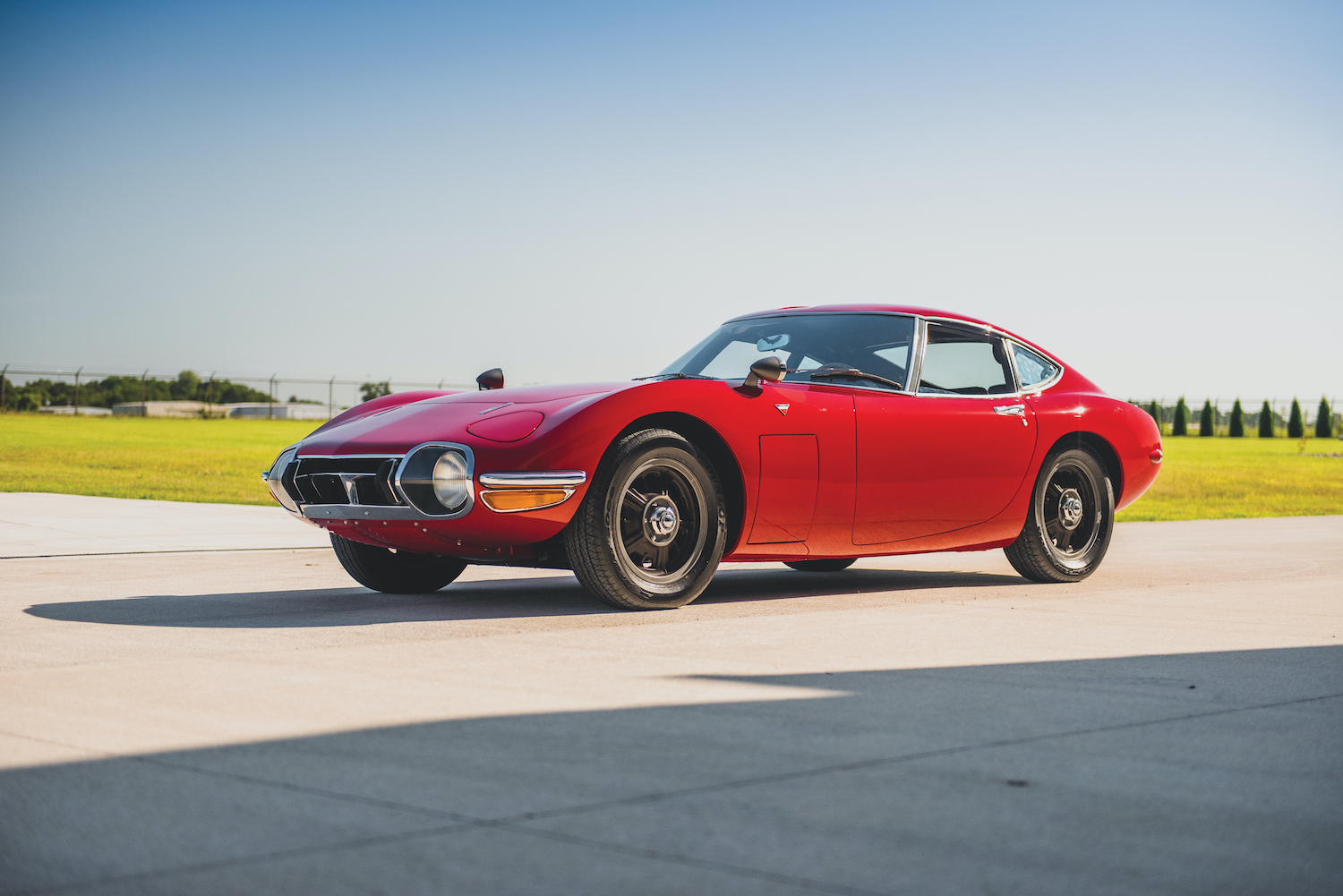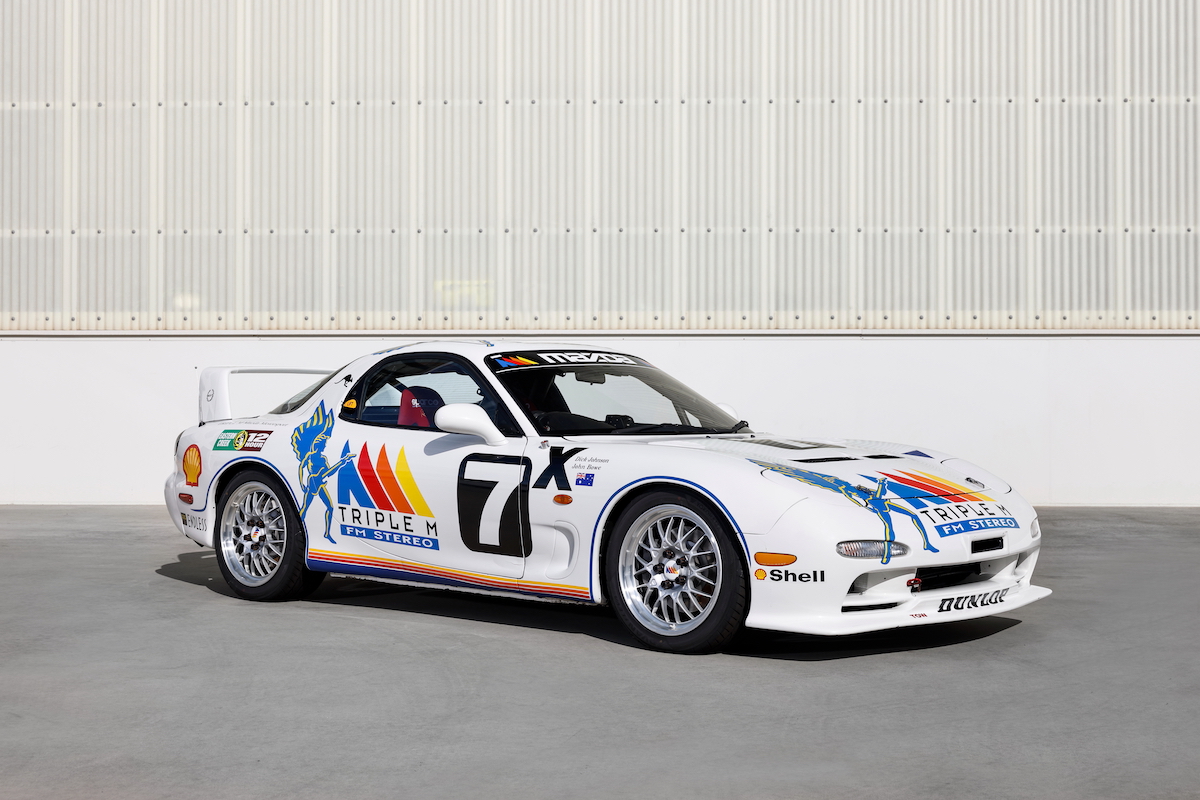Benchmarked against the Ferrari 328 and with development input from the great Ayrton Senna himself, the Honda NSX introduced a feast of firsts, its stunning performance, innovative design and outstanding quality impacting every supercar since.
Soichiro Honda was never one to take things easy, but by 1990, the old man must have been quietly satisfied. His company’s 3.5-litre V10 engine dominated F1, but perhaps even more important was the embodiment of his life’s engineering, innovation and ambition in a flagship supercar.
The mid-engined NSX was a feast of firsts: all-aluminium chassis and body; the first use of Honda’s VTEC variable valve timing and lift system; the first comfortable, usable, everyday supercar.
The NSX had its genesis in a Honda-commissioned 1984 Pininfarina concept car, the HP-X, a perspex-canopied wedge that was mainly influential in having a mid-mounted, transverse 2.0-litre V6 (C20A) from the Legend sedan.
The HP-X concept, after decades in mothballs, was fully restored by Honda and displayed at the 2024 Pebble Beach Concours d’Elegance.
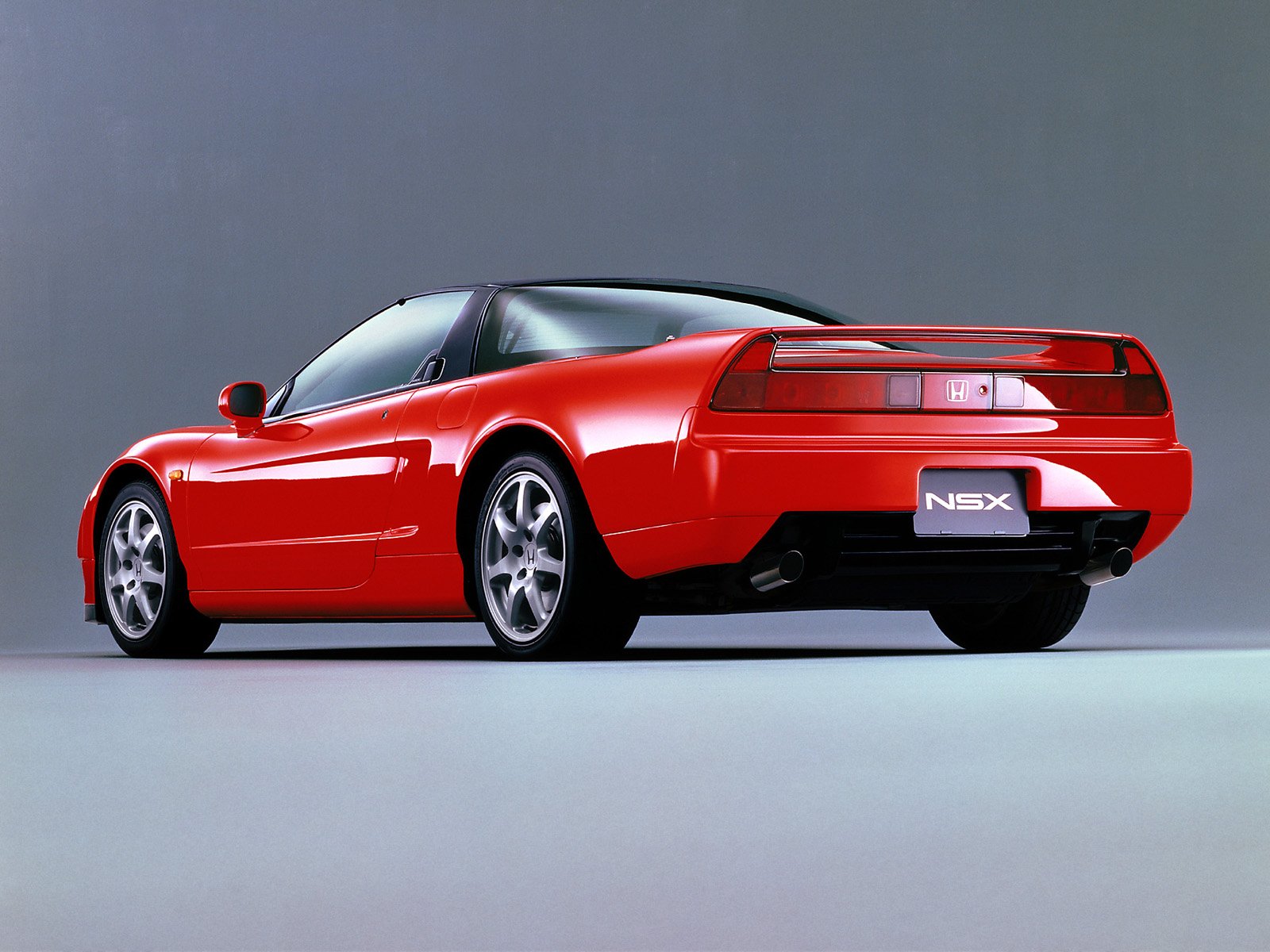
During its development, Honda’s team drove anything mid-engined from the Fiat X1/9 to the Ferrari Testarossa, but it was the Ferrari 328 that set the benchmark for its handling and performance
Between 1984 and the NSX’s first showing at the 1989 Chicago Show, the project team led by Shigeru Uehara drove everything from Fiat’s X1/9 to Ferrari’s Testarossa. Uehara is a Honda celebrity, his CV boasting the trifecta of NSX, Integra Type R and S2000 sports cars.
His team’s benchmark for the NSX was the Ferrari 328. At least, its performance and handling: Honda had its own ideas on visibility, reliability and comfort.
Weight was addressed with the decision to go all-aluminium, though the complex puzzle of box-section beams, stampings, extrusions and forgings would ultimately have to be welded, bonded and bolted mainly by hand in a purpose-built plant.
Despite this, the NSX still ended up with a kerb weight of 1370kg, lineball with the steel-bodied Porsche 964 and only 23kg lighter than the new-for-’89 Ferrari 348. A targa-topped NSX-T version that followed in 1995 gained 45kg over the coupe.
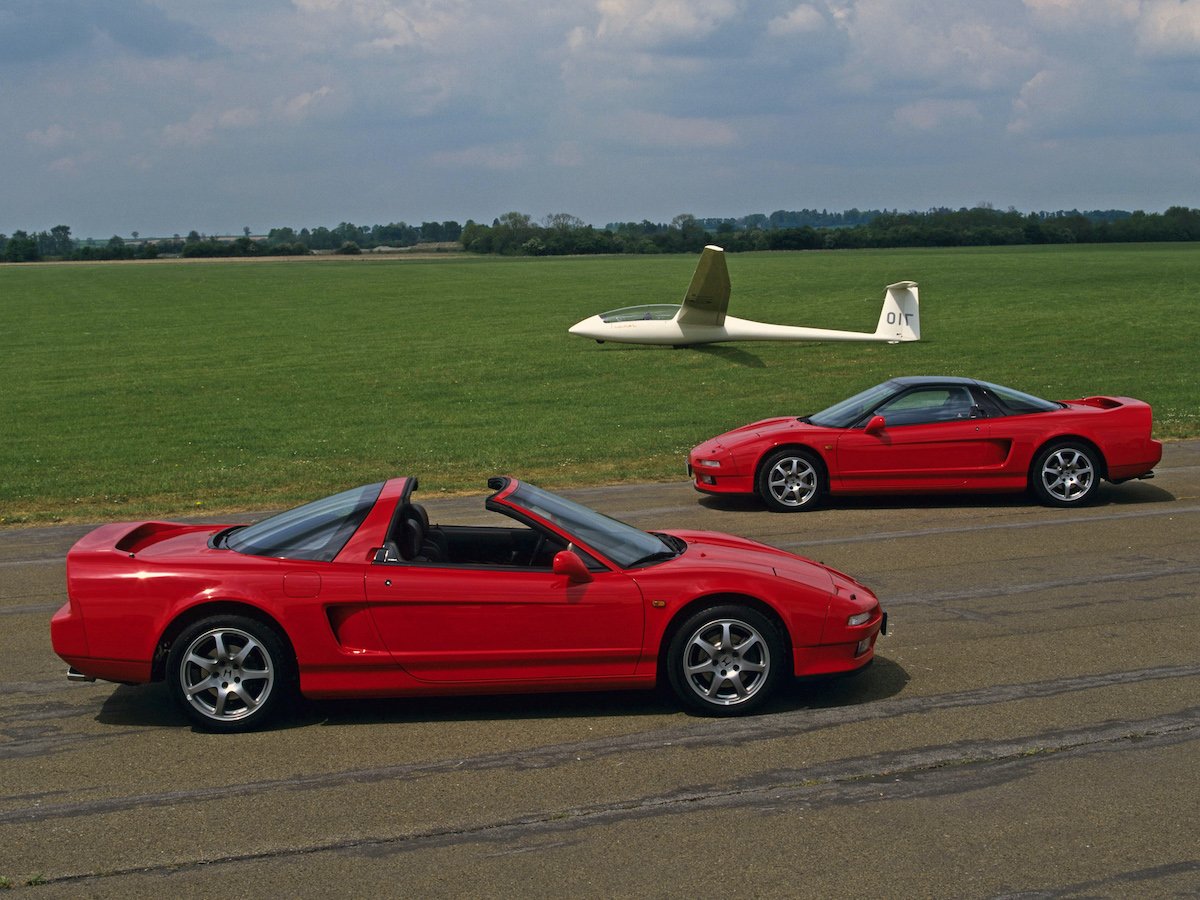
Both coupe and targa-top models were produced, the latter being introduced in 1995
Honda claimed at least 50 per cent greater stiffness than steel-bodied rivals, a goal set after an impromptu NSX drive at Suzuka by Ayrton Senna, there to test his McLaren-Honda F1 car.
Senna reportedly recommended a stiffer chassis and handling tweaks to the NSX’s suspension, which comprised alloy double wishbones front and rear, mounted to extruded and stamped subframes.
The chosen 3.0-litre V6 became the guinea pig for VTEC, gaining a Jekyll-and-Hyde personality and an 8000rpm redline, enabled partly by titanium con-rods. The light and compact, 2977cc 24-valve unit gave outputs of 201kW at 7300rpm (auto 188kW) and 284Nm at 5400rpm, both those lofty rev peaks belying the engine’s docile drivability.
In 1997, capacity was raised to 3.2 litres, still conservatively claiming 206kW but with more muscular peak torque of 304Nm. A six-speed manual replaced the five-speed, but the detuned auto retained its four ratios.
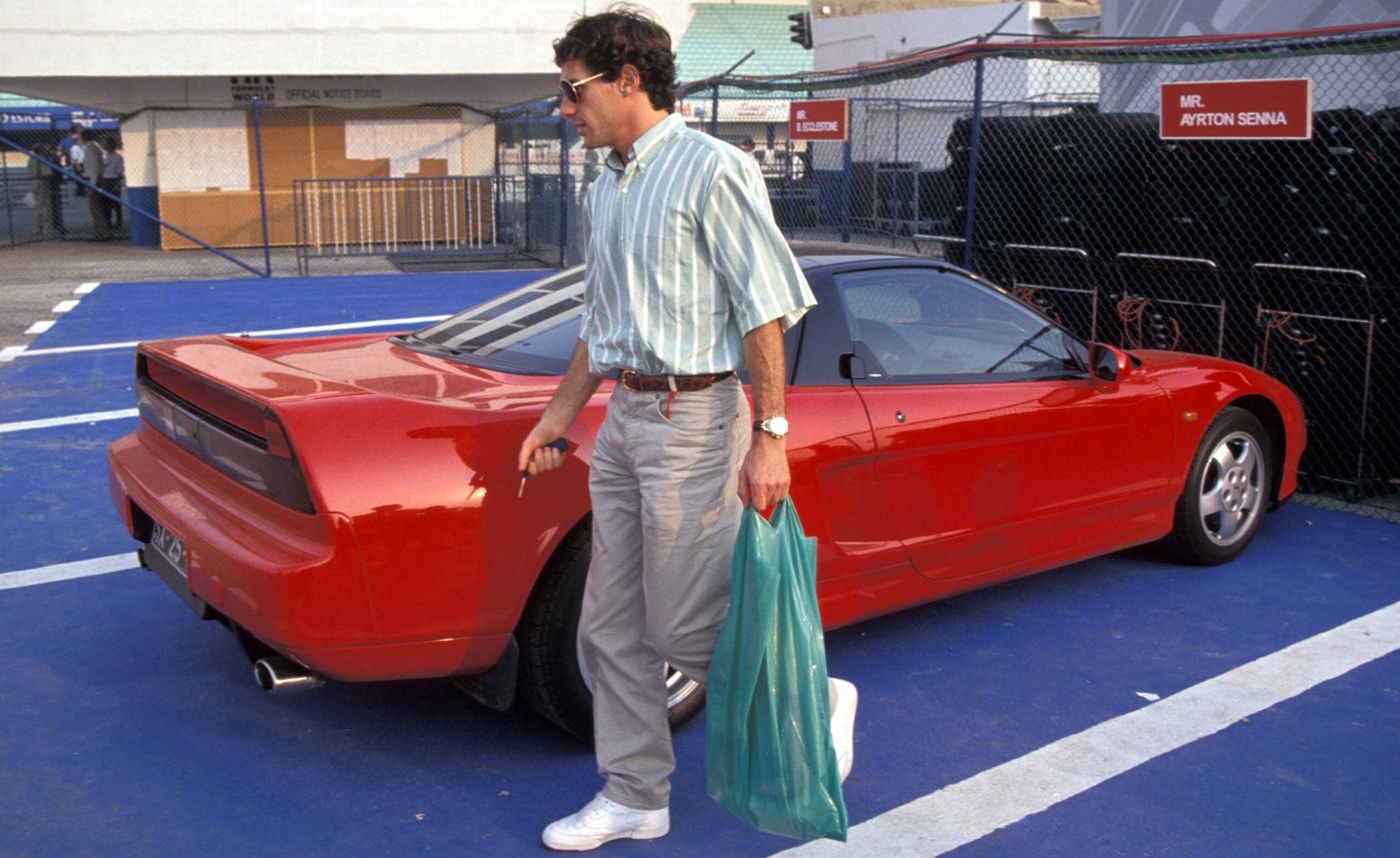
Ayrton Senna’s connection to the NSX’s development is perhaps the most defining part of its story
All who drove the NSX – hard, as it begged – were impressed not only by its civility, but its bona fide supercar handling capability at the extreme. It was compliant, capable, chuckable and forgiving.
The cockpit of the NSX raised the bar for supercar comfort and accessibility. The interior design looked like a Civic having a lie-down, but by comparison the NSX’s Euro rivals Ferrari 348 and Porsche 964 were cramped, contorted and old-fashioned.
The Honda’s lightweight seats were fully adjustable, its pedal positioning uncompromised by the front wheel arch, and the tilt and reach-adjustable steering column was a supercar revelation.
It had performance chops, for sure: the NSX won Targa Tasmania twice, won the GT2 class at Le Mans in 1995 and was a weapon in Japan Super GT for 13 years.
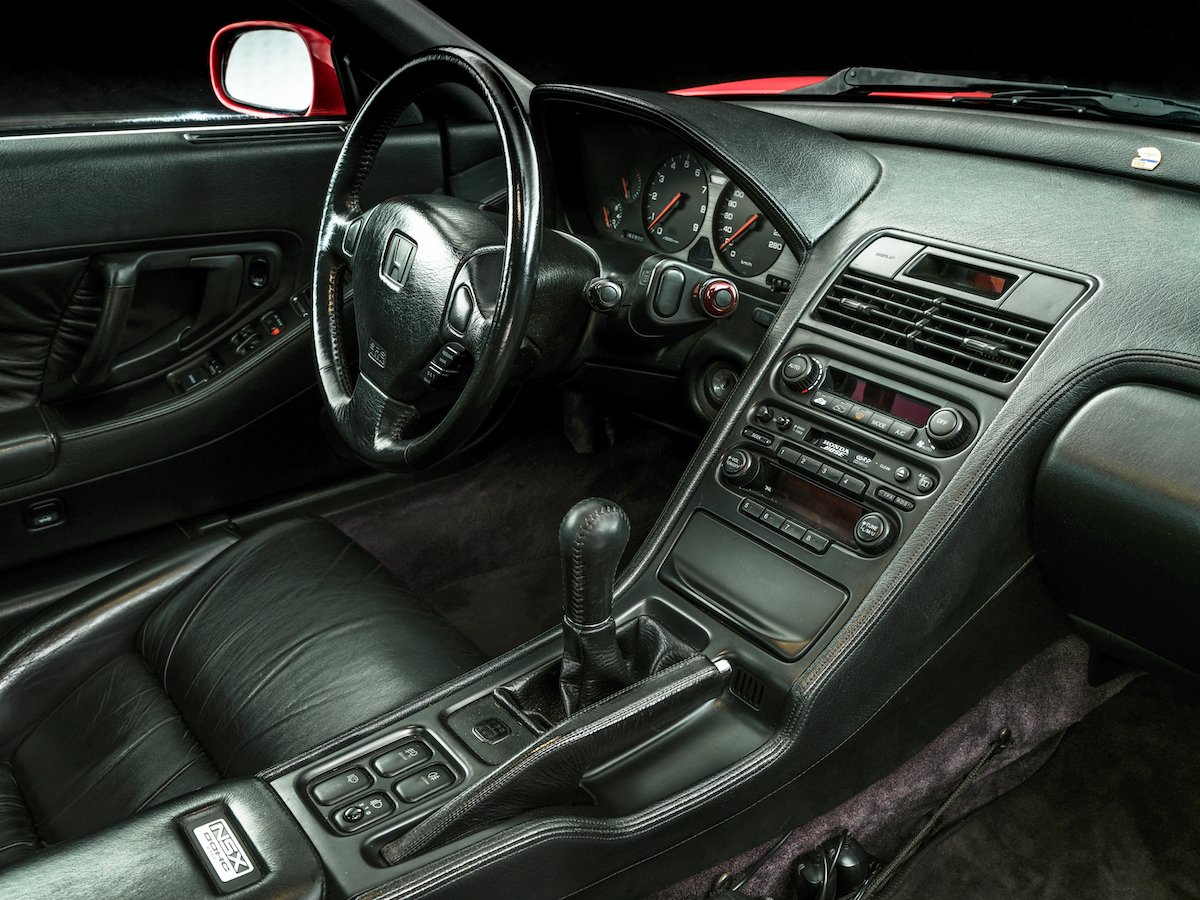
From behind the wheel, the NSX delivered both civility and extreme capability
But Honda’s faith that brains would rule brawn didn’t carry with customers, many of whom felt the Honda supercar should be carrying an F1-derived V10. The exterior styling had no more zing than the Toyota MR2 that cost one-quarter the Honda’s $160,000. It picked up the nickname “Honda No-Sex.”
Production was necessarily slow, but it doggedly remained so. Despite releasing a Japan-only Type-R (with 216kW/304Nm) in 1992, the T-top in 1995, 3.2-litre facelift in 1997, and various special editions, sales never truly ignited. Just over 18,000 NSXs had been built when production ceased at the end of 2005.
Aside from those lucky, knowing owners, perhaps the NSX’s biggest benefactors have been every other supercar customer since.
Ayrton Senna, incidentally, was gifted at least two NSX road cars for his troubles. A black 1993 example, registered BSS-8888, remained in his family’s possession for at least 20 years; a red 1991 car that he kept in Portugal, registered SX-25-29, was listed for sale in April 2024 for £500,000.
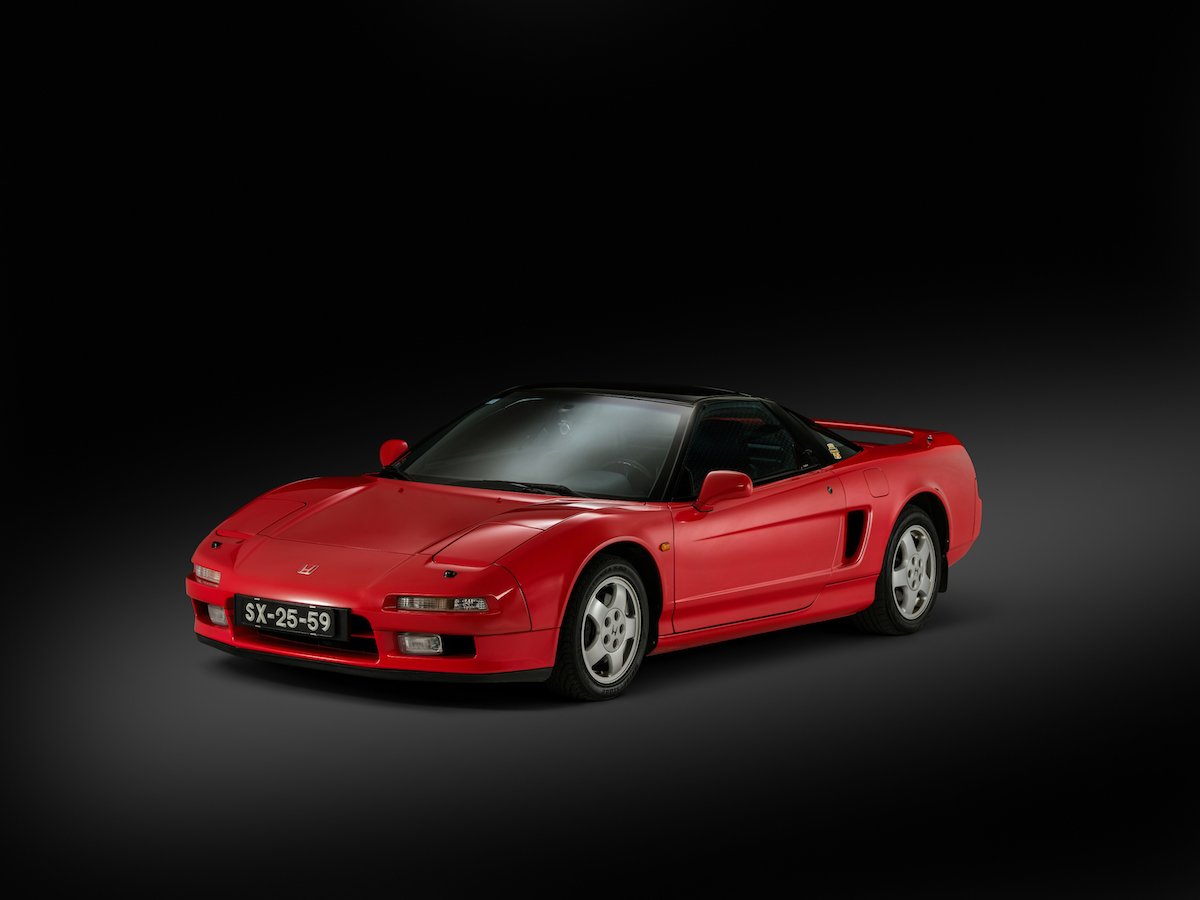
Ayrton Senna’s own NSX was listed for sale on Auto Trader UK back in April 2024 at a price of £500,000

